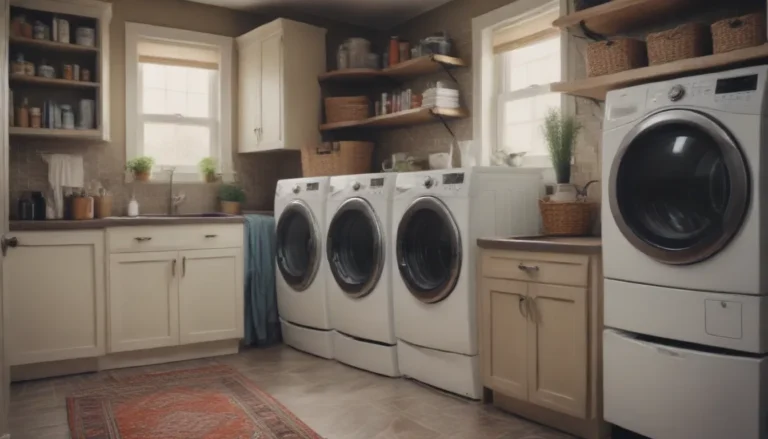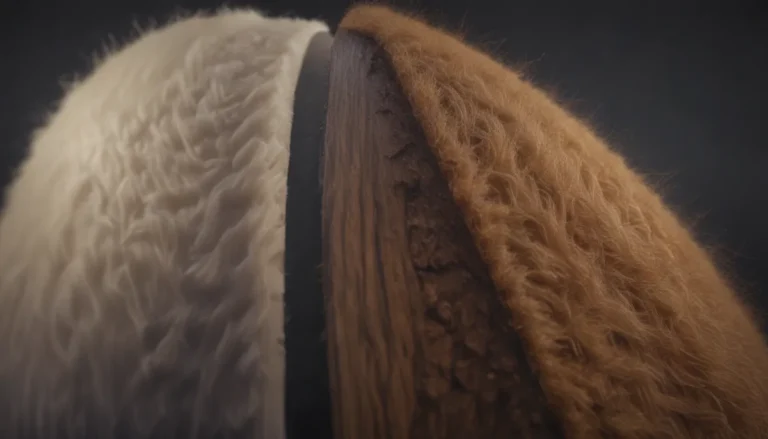Understanding Color Coding on Nonmetallic (NM) Electrical Cable

In the world of electrical wiring, nonmetallic sheathed cable (NM) plays a crucial role in providing power to residential and commercial buildings. This type of cable is commonly used to supply electricity to various circuits in a building, offering both safety and efficiency. One key aspect of NM cable that is often overlooked is the color-coding of the outer sheathing, which can provide important information about the wire gauge, amperage rating, and even the intended use of the cable.
Importance of Color Coding
The color coding of NM cable is a helpful tool for both consumers and inspectors, as it allows for easy identification of the wire size and amperage rating. While older installed cables may not feature color coding, most NM-B cables manufactured after 2001 come with a vinyl outer insulation that is color-coded according to industry standards. This color scheme is voluntarily followed by most manufacturers, making it easier for electricians and homeowners to determine the specifications of the cable at a glance.
Common Color Codes
When it comes to residential construction, five basic color schemes are typically used for NM cable sheathing: white, yellow, orange, black, and gray. Each color is associated with a specific wire gauge and amperage rating, making it easier to select the right cable for a particular electrical application. Let’s break down each color and its corresponding specifications:
- White Sheathing: Used for 14-gauge wire, suitable for 15-amp circuits. Typically used for general lighting circuits in homes.
- Yellow Sheathing: Encloses 12-gauge wires, ideal for 20-amp circuits powering household outlets and plug-in appliances.
- Orange Sheathing: Designated for 10-gauge wire, capable of handling 30-amp circuit loads like air conditioners and water heaters.
- Black Sheathing: Utilized for both 6 and 8-gauge wire, with 8-gauge rated for 40-amp circuits and 6-gauge for 55-amp circuits.
- Gray Sheathing: Reserved for underground installations, offering excellent water resistance and possibly additional resistance to oil and sunlight. The wire size must be verified using the packaging or jacket printing.
Understanding Outer Jacket Labeling
In addition to the color of the sheathing, the outer jacket of NM cable is also labeled with coding that indicates the number of insulated wires inside. It’s important to note that this count does not include the uninsulated bare copper wire, which serves as the grounding wire. For example, “12-2 WG” denotes two insulated 12-gauge wires (black and white) with a grounding wire, while “12-3” signifies a three-conductor cable with red, black, and white wires plus a bare copper ground wire.
Color Coding on Individual Conductors
Within the sheathed cable, the individual wires are also color-coded for easy recognition. The white insulated wire represents the neutral wire, while the black insulated wire is the hot wire. The bare copper wire is the ground wire, serving as a vital safety component in the electrical system. In some cases, the ground wire may be covered with green insulation, following the standard color for ground wires. A three-wire cable may contain a red wire in addition to the white and black wires, as red is also used as a hot color.
By understanding the color coding of NM cable, consumers and electricians can make informed decisions when selecting and installing electrical wiring. This simple yet effective system helps ensure the safety and efficiency of electrical systems in residential and commercial buildings. Next time you’re working with nonmetallic sheathed cable, pay attention to the colors – they may just hold the key to a successful electrical installation.





